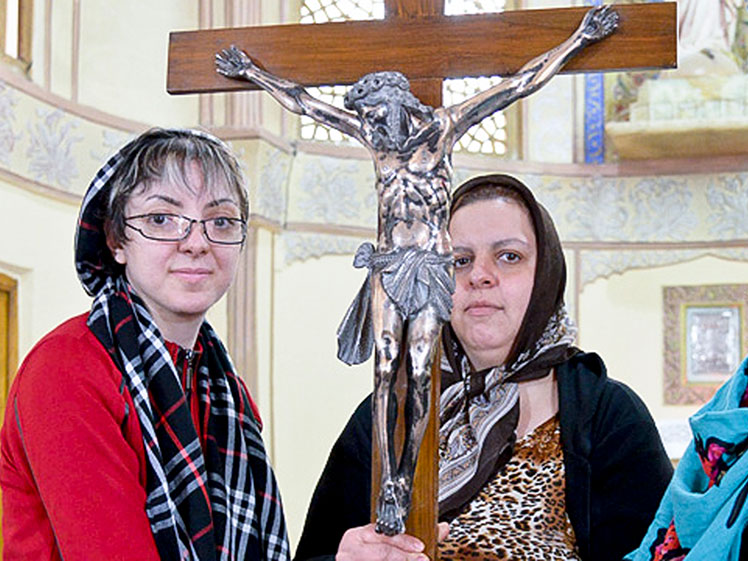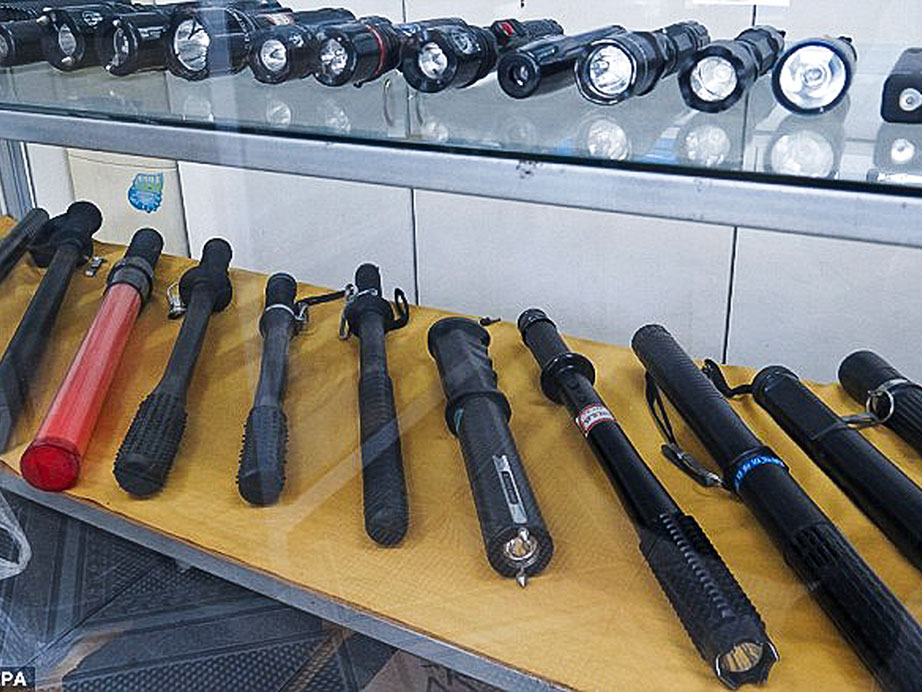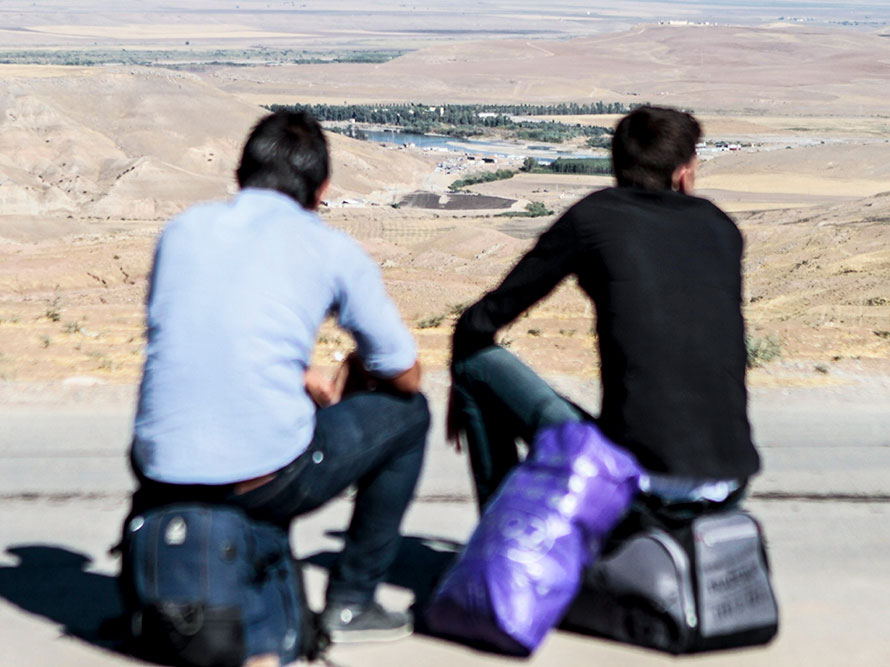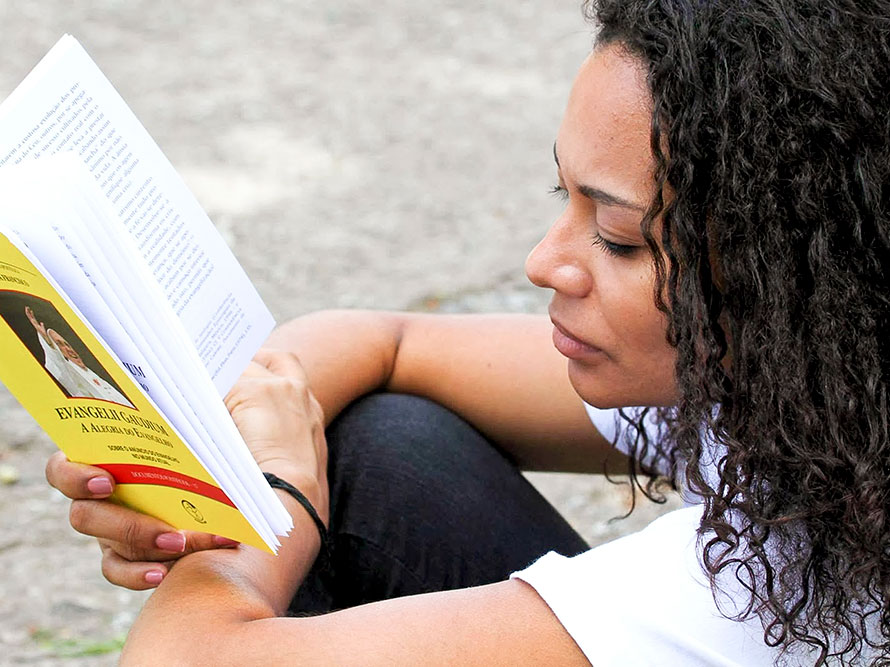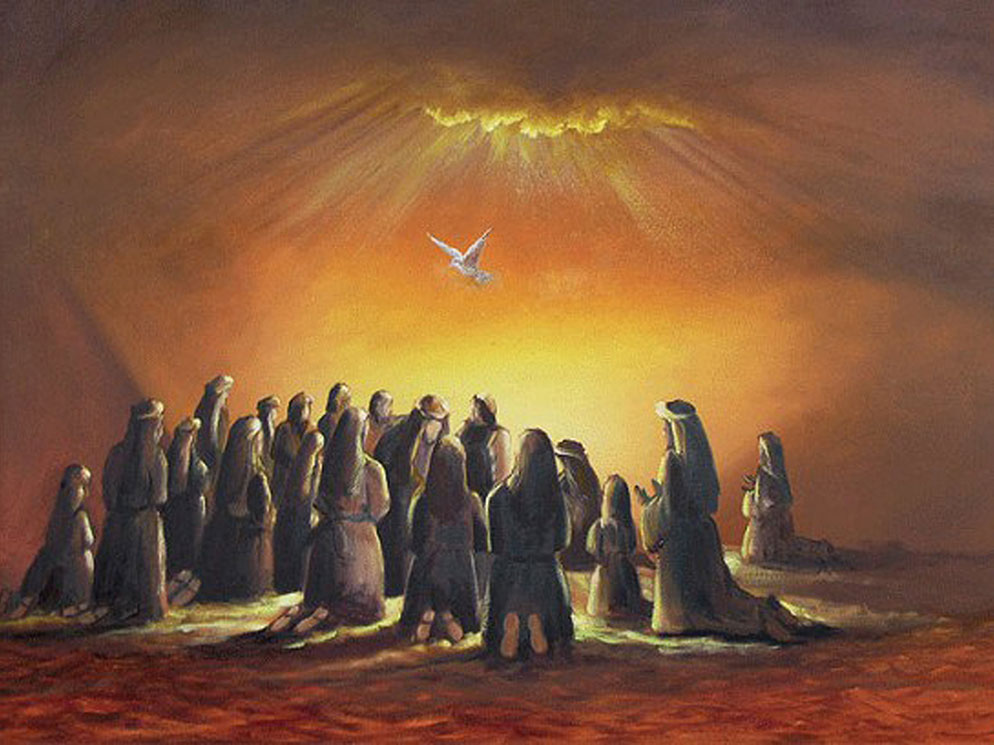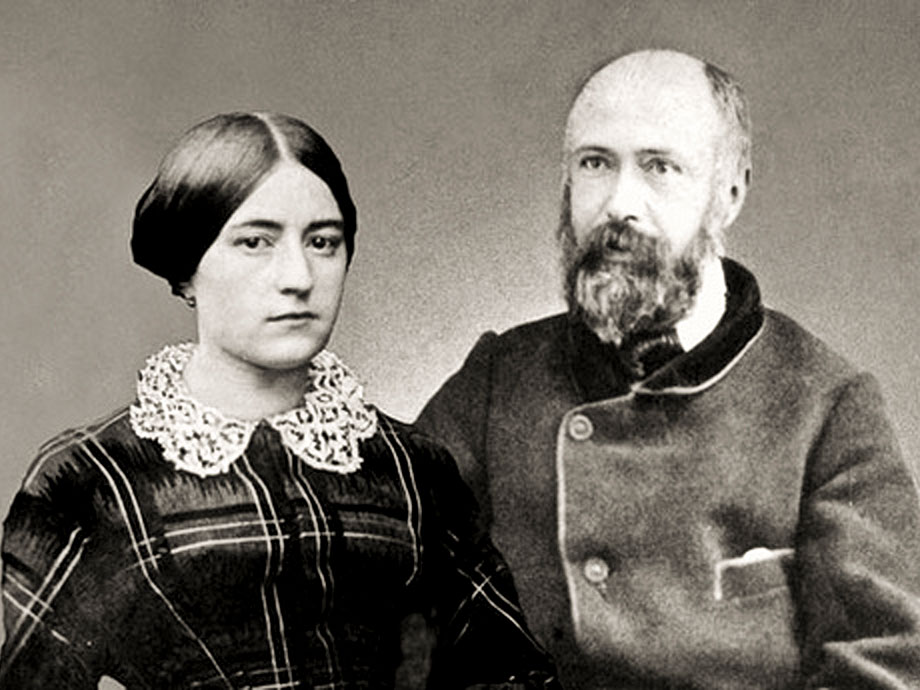“The costs of delay are significant,” said CDC director, Dr Tom Frieden. “That’s why the response we’re seeing from the U.S. and others is incredibly important, because every day counts,” he said during a media briefing on the predictive model.
Data included in the model ended in August, before President Obama announced a 3,000 troop surge. Predictions are derived using data from Sierra Leone and Liberia. Cases in Guinea, where the epidemic started, are too isolated to predict, Frieden said. The model predicts that 550,000 individuals could have reported cases of Ebola and, correcting an under-reporting, as many as 1.4 million people could be infected.
By the end of the month, scientists estimate that there could be as many as 8,000 reported cases of Ebola in Sierra Leone and Liberia. Because scientists believe Ebola is under-reported by a factor of 2.5, as many as 21,000 individuals could actually be infected.
“If conditions continue without scale-up of interventions, cases will continue to double approximately every 20 days,” CDC scientists found.
Still, Frieden said the model was positive because it showed how efforts to isolate infected individuals and change burial practices could “break the back” of the epidemic. If containment reaches a “tipping point,” where 70% of patients are treated, Ebola infection could decline rapidly.
“It’s definitely still possible to reverse the epidemic,” said Frieden. He called the report an “encouraging and cautionary note.”
The World Health Organization has also released a predictive study, saying more than 20,000 cases could be reported by November if no action is taken. Scientists there estimate that around 70% of patients infected in the three African countries could die, but that percentage is decreased with basic medical care. Some Ebola strains have death rates as high as 90%.
“Assessing the case fatality rate during this epidemic is complicated by incomplete information on the clinical outcomes of many cases, both detected and undetected,” said Dr Christopher Dye, director of strategy at WHO and study co-author, in a statement. “This analysis shows that, by 14 September, a total of 70.8% of patients with definitive outcomes had died. This rate was consistent among Guinea, Liberia and Sierra Leone.”
Ebola is passed directly from one person to another through bodily fluids. Bats are believed to carry the zoologic virus and spread it to humans, though bats are not believed to be affected by the virus. The first cases were reported between December 2013 and March 2014 in the forest areas of Guinea.
Officials pointed to two key provisions that improve projections dramatically. First, infected individuals should be isolated. To that end, U.S. troops and about 120 CDC workers are attempting to set up Ebola treatment units in affected communities. There, patients will be isolated and cared for by a family member wearing protective clothing.
Officials also say changing traditional burial practices could also significantly affect the CDC model. At traditional ceremonies, multiple healthy individuals can be exposed to highly infectious bodily fluids of a deceased patient. The study cites a Ugandan burial practice, where a family member washes and dresses the body, and attendees wash their hands using a communal bowl of water before then touching the face of the deceased. This is referred to as a “love touch.”
“A large outbreak was not inevitable,” says Professor Christl Donnelly, professor of statistical epidemiology at Imperial College, London. “In Nigeria, for example, where health systems are stronger, the number of cases has so far been limited, despite the introduction of infection into the large cities of Lagos and Port Harcourt.“
“Part of the point of having a projection of what might happen if we don’t take urgent action, is to make sure it doesn’t happen,” said Frieden. “A surge now can break the back of the epidemic.”






